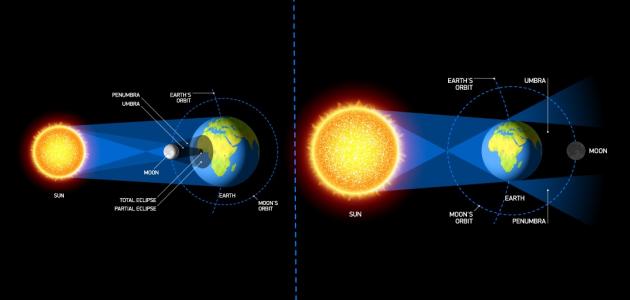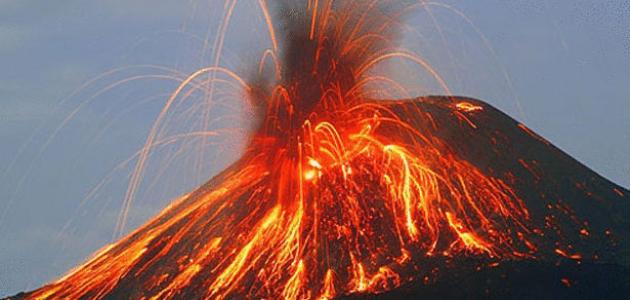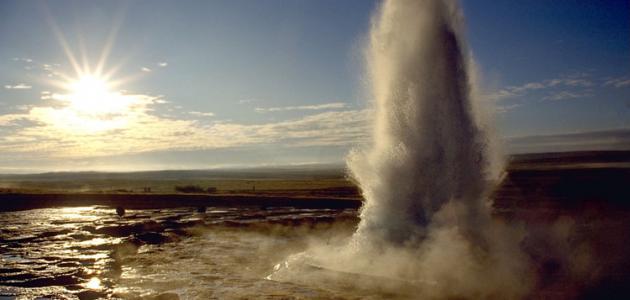The phenomenon of the four seasons
We all care about the expected weather condition in our country, and we rely on the meteorological bulletin that changes according to countries and seasons. These seasons are responsible for the change and fluctuation of the weather condition with the passage of months. There is spring, fall, winter, and summer, and to understand how the seasons succeed, we must... We take a quick tour in space. The Earth, like the rest of the planets, revolves around the sun. There is an ancient belief that as the Earth rotates and approaches the sun, temperatures rise, and as it moves away, temperatures decrease and winter occurs. However, this is an unscientific and illogical explanation, as the phenomenon of the four seasons is related to a different astronomical phenomenon. Completely out of this belief.
It is known that the Earth rotates around its axis, which is an imaginary line connecting the North Pole and the South Pole and tilts at an angle of twenty-three and a half degrees. This tilt results in a difference in the angles of incidence of sunlight on the surface of the Earth and the accompanying difference in the amount of heat that reaches... The surface of the Earth, and the relationship between the angle of incidence of the sun's rays and the amount of heat that reaches the surface of the Earth and the resulting phenomenon of the four seasons.
Spring equinox
On the twenty-first day of March, the angle of incidence of the sun’s rays is perpendicular to the equator, and thus temperatures are equal in both hemispheres of the Earth. Spring is in the northern part at this time, and autumn is in the southern part. The angle of the sun’s rays at the poles decreases, and the length of Day and night are equal in both hemispheres.
Read also:The most powerful earthquake in the worldSummer Solstice
From the twenty-first day of June of each year, at this time, the angle of the sun’s rays is perpendicular to the Tropic of Cancer, and thus the northern part of the globe receives a greater amount of sunlight, which results in the summer season, while the angles of incidence of the sun’s rays decrease as we move towards the north, in At this time, the length of the day in the North Pole is about twenty-four hours, which is the longest of the year.
autumnal equinox
From the twenty-second of September, in the meantime, the sun's rays fall perpendicular to the equator again during the year, so that the equator receives the largest amount of solar radiation, so the fall season occurs in the northern part of the Earth, and the spring season in the southern part of the Earth, and the angle of fall decreases. The sun's rays towards the poles, and temperatures are distributed equally in both hemispheres, and thus the length of day and night is equal in both hemispheres.
Winter solstice
From the twenty-first of December at this time, the sun's rays fall perpendicular to the Tropic of Capricorn, and thus the southern half receives a greater amount of solar rays, unlike the northern half. Winter is in the northern half and summer is in the southern half, and the length of the day increases in the southern half, unlike... The northern half, where the days are short and the nights are long.
Read also:Measurement of earthquake intensity








